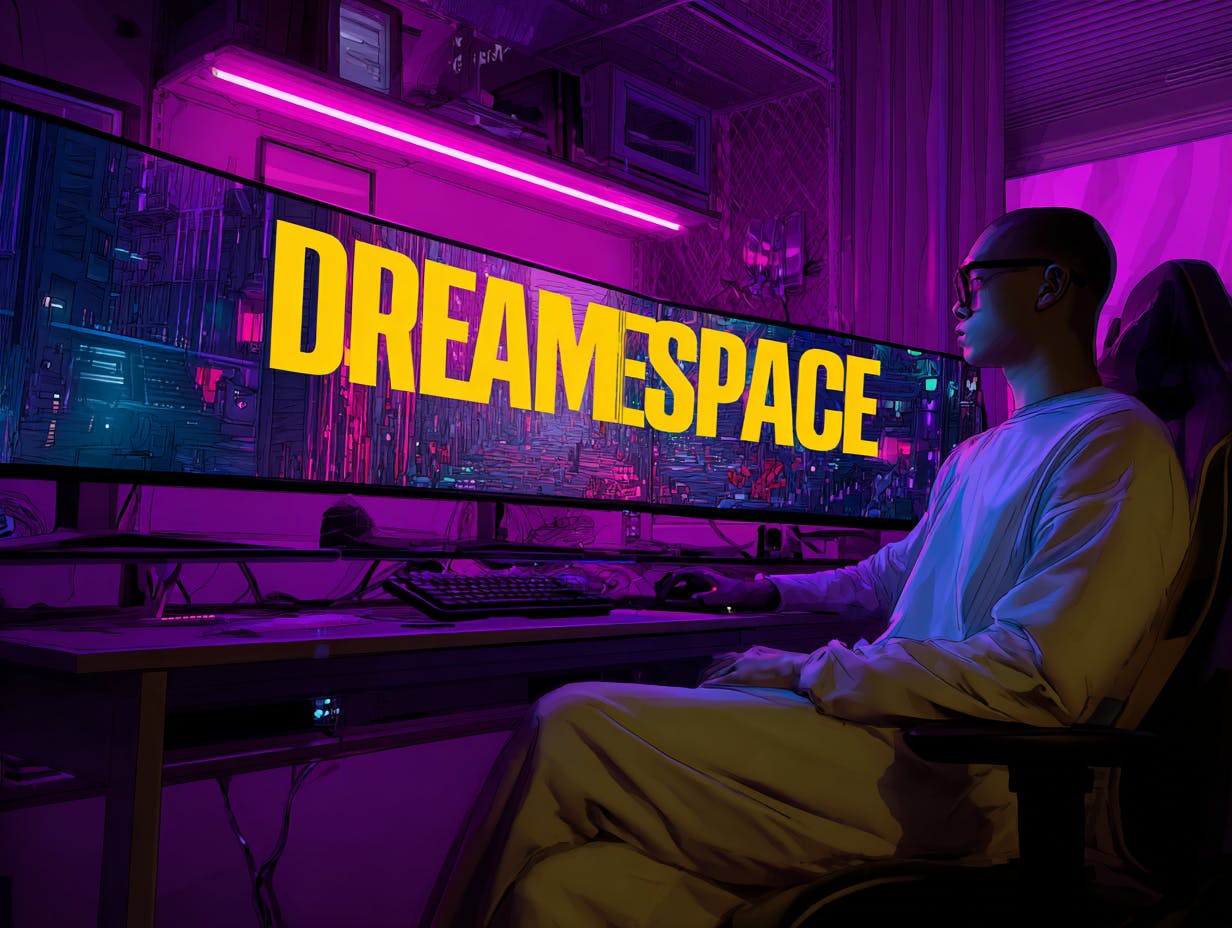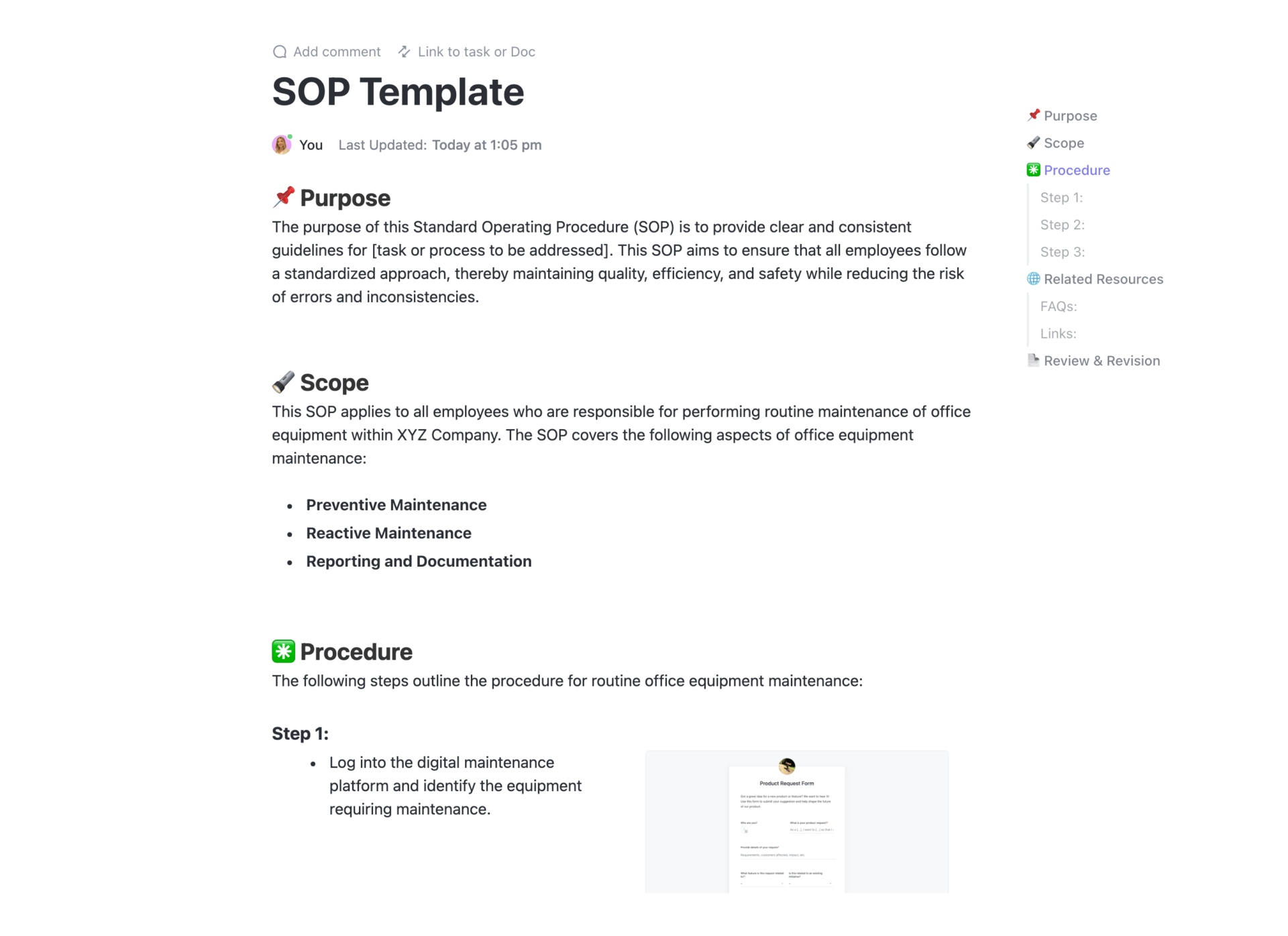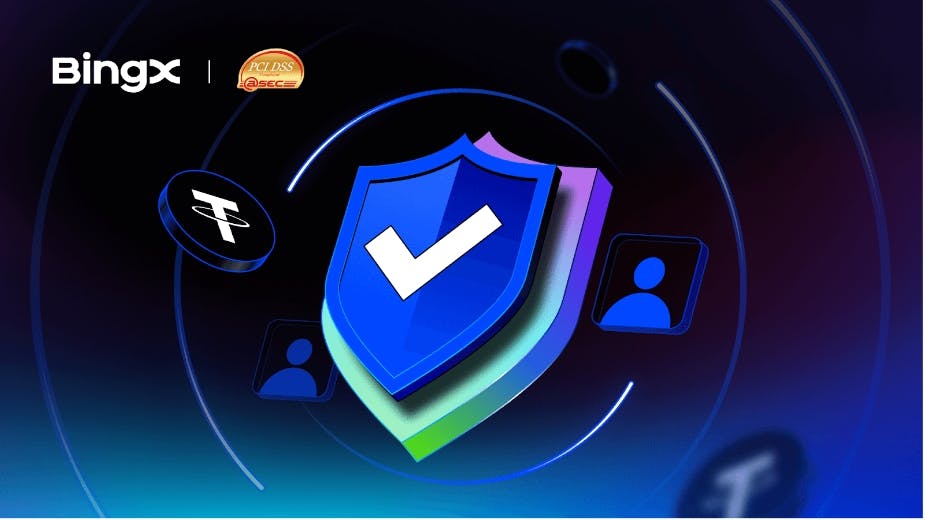How Dreamspace is Using AI and Blockchain to Let You Build an App Without Writing Code
What if building a functional online business was as simple as describing it in plain English? A new platform named Dreamspace has launched with the ambitious goal of making that a reality, aiming to remove the technical barriers that have historically separated a great idea from a functional application. Backed by a powerful consortium including Microsoft’s venture arm, M12, the onchain ecosystem Base, and the data protocol Space and Time, Dreamspace allows users to generate applications using natural language prompts, potentially opening the door for creators who lack traditional coding skills.
The platform, which entered public beta, sits at the intersection of several major technological trends: generative artificial intelligence, no-code development, and blockchain-based monetization. By integrating these fields, Dreamspace proposes a new path for entrepreneurship where the primary skill is not software engineering, but creative vision. The core premise is that anyone can describe an application, have AI build it, and then deploy it on a blockchain to a community of users, complete with built-in payment and ownership models.
The Convergence of AI and Blockchain
At its heart, Dreamspace functions as a translator. A user provides a prompt, such as “Build me a website where I can sell access to my AI-generated art, and users who buy a piece get a special token,” and the system, powered by Microsoft Azure AI Foundry and Azure OpenAI, generates the corresponding application and underlying smart contracts. This process, which once required months of development and a team of engineers, is condensed significantly. The platform aims to serve what its backers call the “creator economy,” a shift from a world where developers build businesses to one where creators do.
“While the economy of the last decade has been driven largely by businesses created by developers, we believe business in the AI economy will be driven by creators,”
said Nate Holiday, CEO of MakeInfinite Labs, the original developers of Space and Time.
The architecture relies on a triad of specialized partners. Microsoft provides the core AI intelligence and scalable cloud infrastructure that makes the generation of complex applications possible. Base, an Ethereum Layer 2 network incubated by Coinbase, serves as the deployment and monetization layer. Finally, Space and Time provides a verifiable database, ensuring that the data used by the applications is accurate and tamper-proof. This combination is designed to give creators a full suite of tools to not only build an app but to operate it as a legitimate onchain business.
Deconstructing the “Onchain” Stack
For many, terms like “onchain” and “smart contracts” can be intimidating. Dreamspace’s success hinges on abstracting this complexity away from the user. To understand its potential impact, it is useful to break down the key components. Being “onchain” simply means that core parts of an application’s logic or ownership records are recorded on a public, decentralized ledger called a blockchain. Unlike a traditional app where all user data is stored on a company’s private server, an onchain app operates with transparency and verifiable rules that no single entity can change.
This is where Base and smart contracts come into play. Base offers a platform for these onchain operations that is designed to be fast, with transactions finalizing in under a second, and inexpensive, with fees often less than a penny. A smart contract, which Dreamspace can generate automatically, is essentially a self-executing agreement written in code. For example, a creator could set up a smart contract for “token-gated” access to their app. The contract would automatically grant access to any user whose digital wallet holds a specific crypto token, without requiring any manual verification or a central administrator. This enables direct monetization, whether through tips, subscriptions, or asset sales, paid directly to the creator’s wallet.
The final piece of this technical puzzle is data integrity, provided by Space and Time. AI models can sometimes “hallucinate” or use flawed data. In a business context, this is a significant risk. Space and Time uses a technology called Proof of SQL, which generates a cryptographic guarantee, or a ZK-proof, that data used by an application is accurate and has not been manipulated. This allows an AI-generated app to prove that its outputs are based on verifiable information, building trust with users. As Luca Curran, Head of AI for the Base Ecosystem, stated, “Dreamspace is an exciting example of what’s possible when you combine onchain with AI. You don’t need to be a developer or an engineer to bring an idea to reality.”
A New Economic Model for Creators?
The launch of Dreamspace is framed by its backers as a fundamental shift in digital creation and ownership. The platform is not just a tool, but an argument for a new economic infrastructure. By building on an open, public blockchain, creators can theoretically establish businesses with greater autonomy and a more direct connection to their audience. The model challenges the traditional app store paradigm, where developers are subject to platform fees and opaque rule changes.
This vision is what attracted M12, Microsoft’s Venture Fund, which led a $20 million funding round for Space and Time in 2022. The fund sees this as an emerging category of technology. “We’re seeing a new wave of platforms where AI-native tooling, blockchain infrastructure, and creator-driven design converge,” said Michael Stewart, Managing Partner at M12. “Dreamspace lowers the barrier to creation and distribution for a whole new class of builders, one that doesn’t need to know how to code to bring an idea to life.”
This sentiment is echoed by the team at Base, which has a stated mission to “bring the world onchain.” For them, tools like Dreamspace are critical for user adoption. The easier it is for people to build useful things on a blockchain, the more likely the technology is to achieve mainstream relevance. The ability for a user in any country to spin up a global, monetizable application with just an idea and a few sentences represents a powerful, if aspirational, vision for a more accessible digital economy.
Final Outlook
The ambition behind Dreamspace is undeniable. The promise to turn anyone with an idea into an app developer is a powerful narrative, and the technology stack assembled is formidable. The partnership between a cloud AI giant like Microsoft, a user-focused blockchain like Base, and a specialized data protocol like Space and Time creates a compelling foundation. The platform correctly identifies a major friction point in the digital economy: the gap between ideation and execution.
However, the road ahead will have its challenges. The primary test will be the quality and utility of the applications the AI can generate. Early no-code and low-code platforms often struggled to move beyond simple websites and basic workflows. Dreamspace will need to prove it can produce sophisticated, secure, and user-friendly applications that people actually want to use. Furthermore, while it removes the need to code, it introduces the need for users to understand concepts like digital wallets, token-gating, and onchain interactions, which still represent a hurdle for the average person.
Ultimately, Dreamspace’s success will be measured by the creativity it unlocks. If it becomes a tool primarily for crypto-native users to launch niche projects, its impact will be limited. But if it genuinely empowers artists, educators, community organizers, and small business owners to build durable, self-owned digital enterprises, it could represent a significant step forward. The platform is a bold experiment in democratizing technology, and its true potential will be realized not by its developers, but by the first wave of non-technical creators who use it to build their dreams.
Don’t forget to like and share the story!
This author is an independent contributor publishing via our










